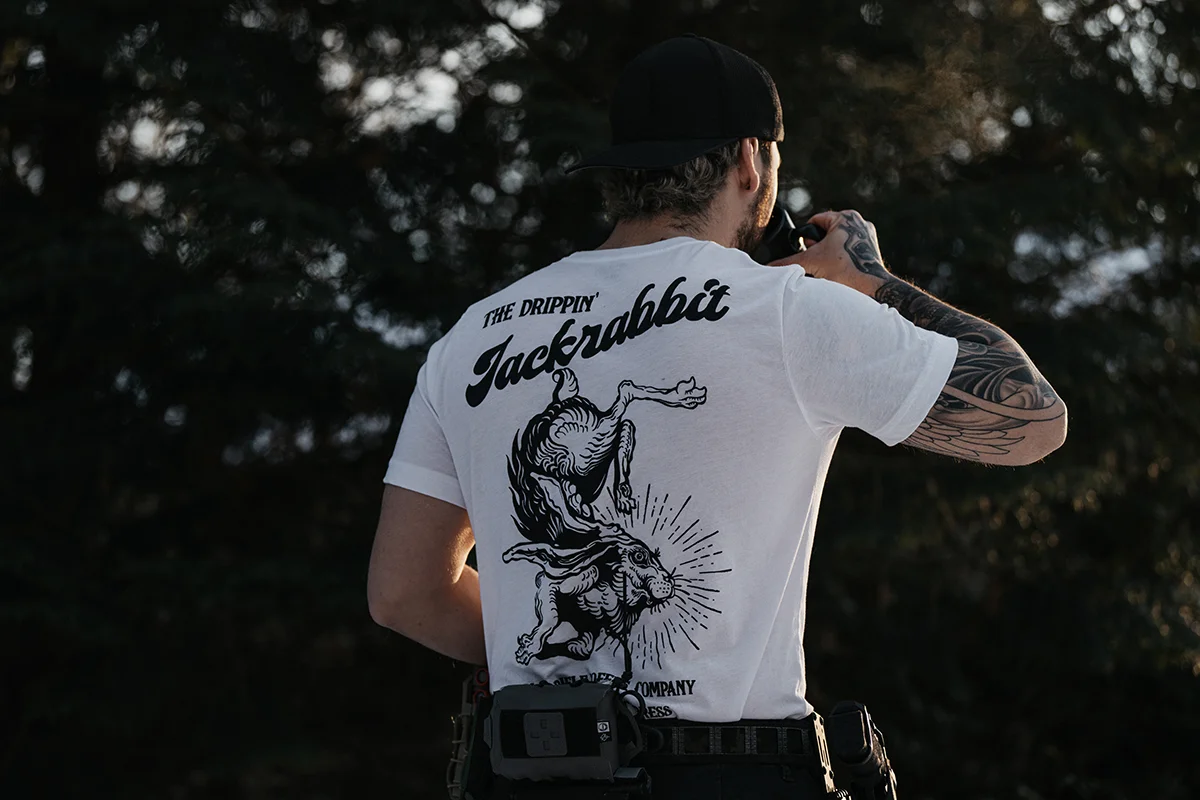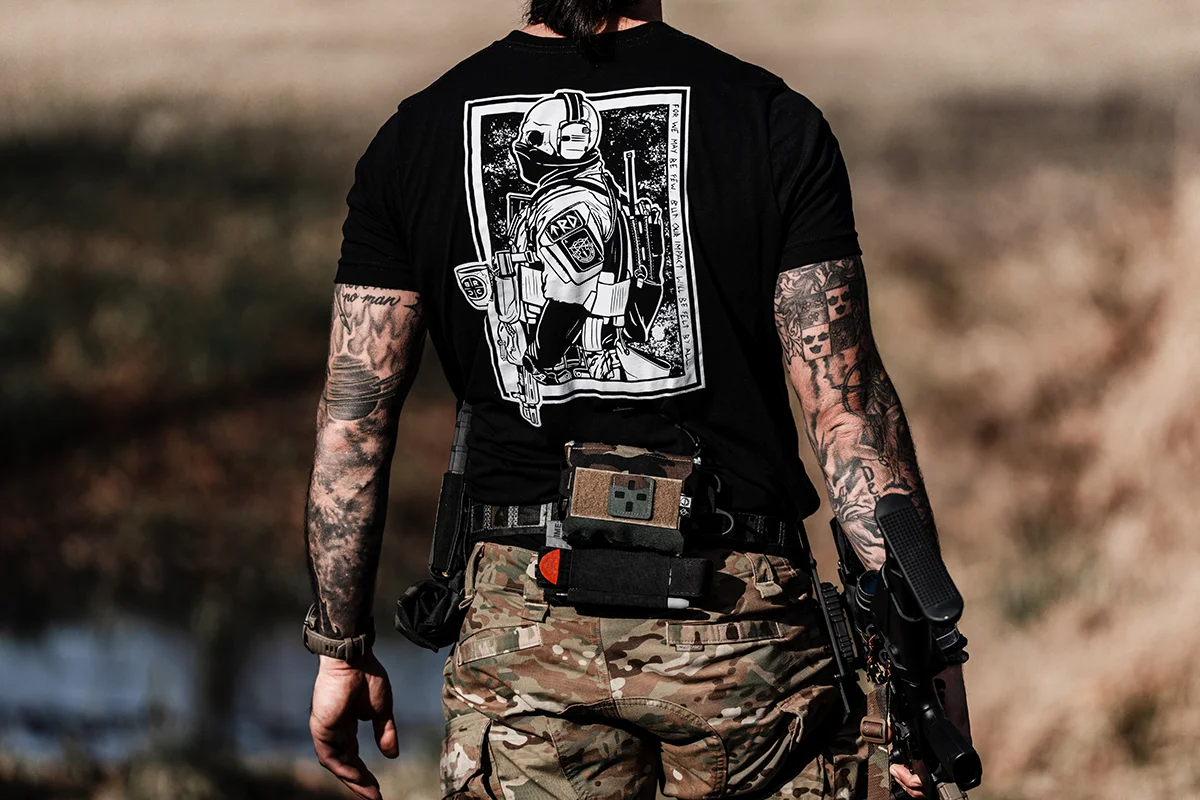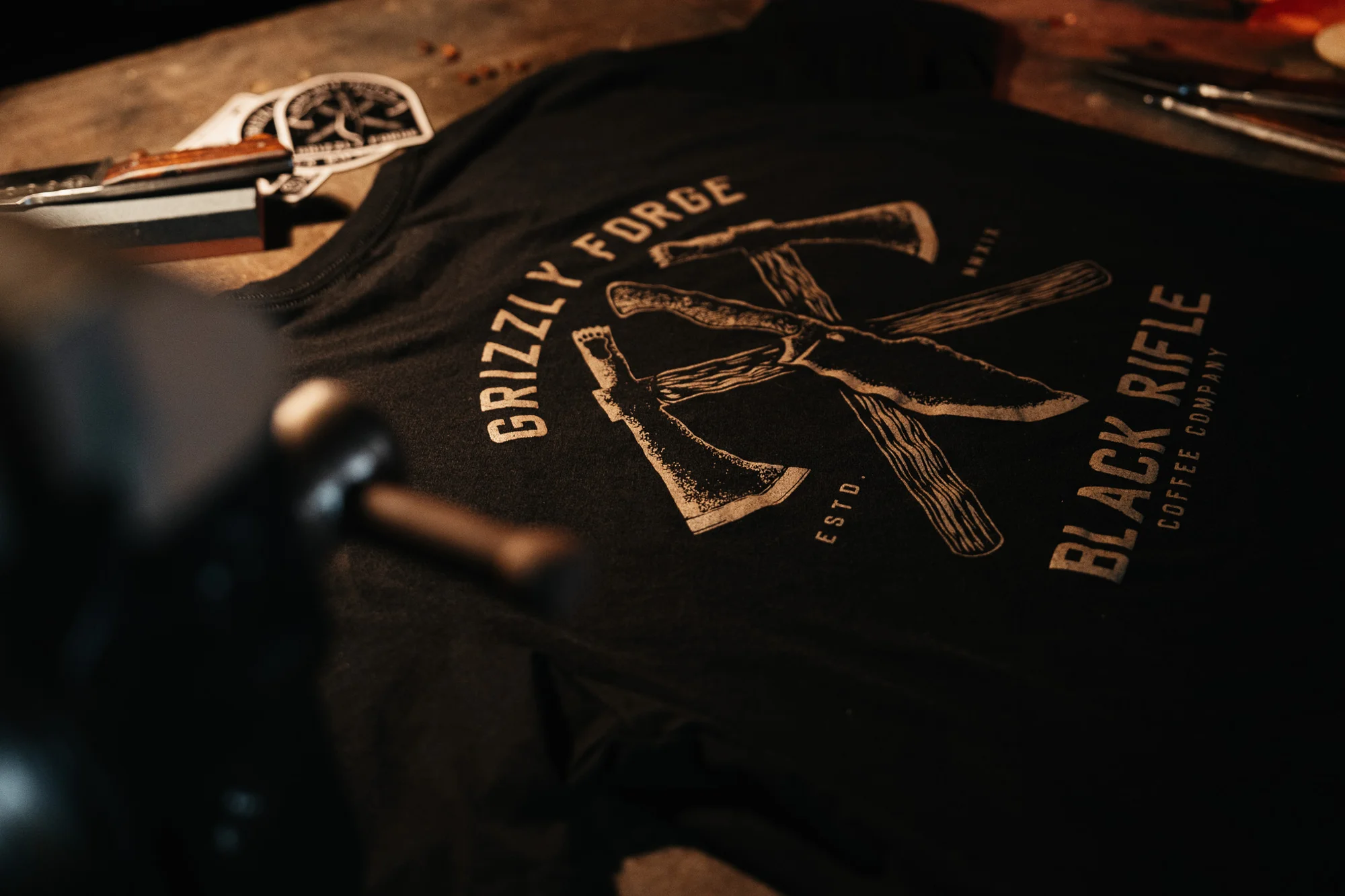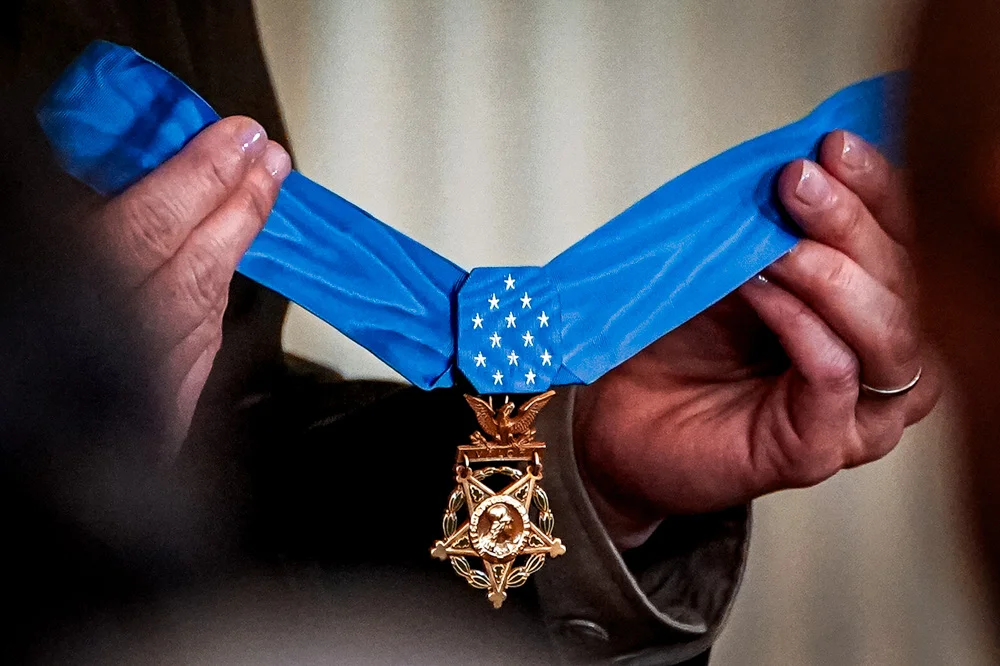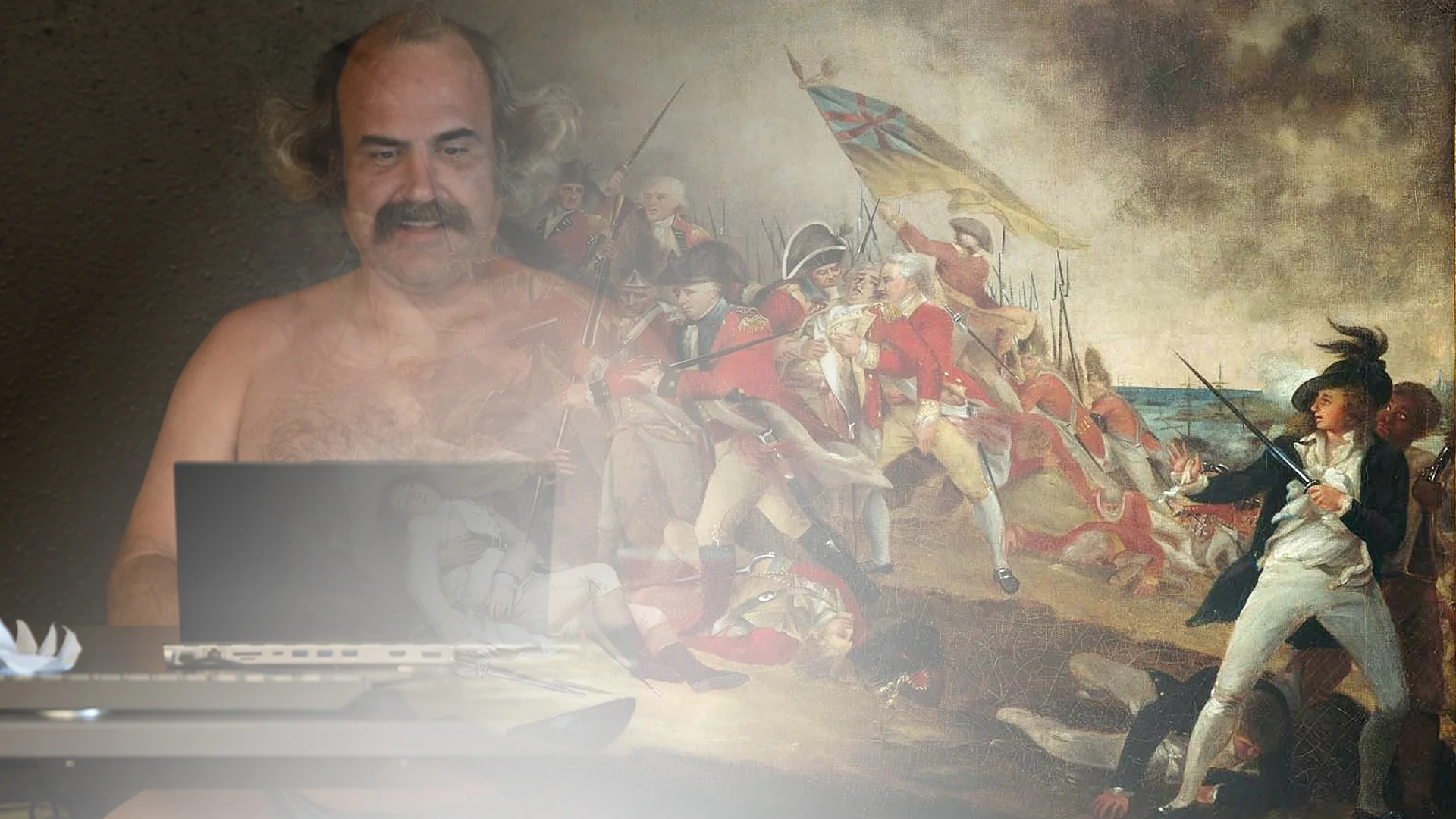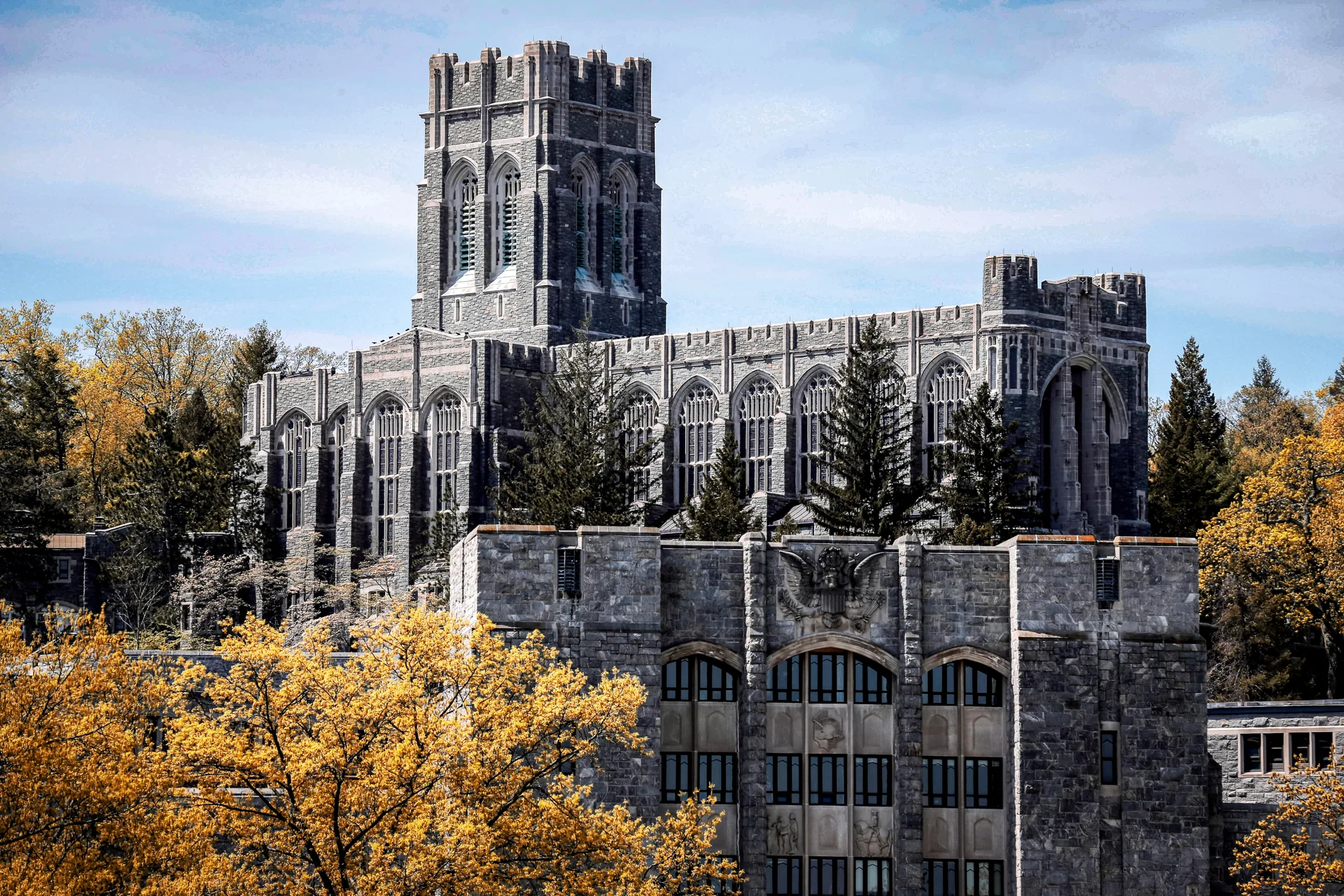Ida in New York: Could a ‘Fifth Firefighter’ Have Saved More Lives?
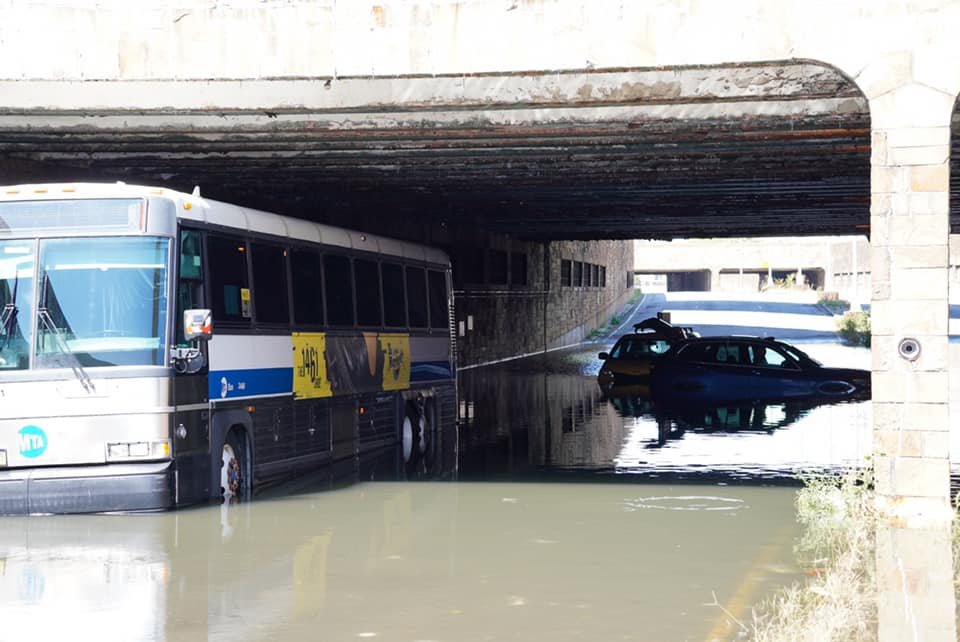
As the remnants of Hurricane Ida dumped rain on the Bronx, firefighters found about 70 cars stalled, with the west wall of the Major Deegan Expressway acting like a waterfall. In a Sept. 1 rescue that took nearly two hours, firefighters evacuated 52 people. Photo courtesy of the New York City Fire Department.
When a massive storm triggered flash floods across New York Sept. 1, only 20 of the city’s 193 engine companies put more than four firefighters on a truck.
The “fifth fireman” was standard through the 1970s, but penny-pinching administrations began whittling the number down. By the end of Mayor Michael Bloomberg’s administration, City Hall had ordered four firefighters to each engine.
The union representing the city’s firefighters — the Uniformed Firefighters Association of Greater New York — was battling lame-duck Mayor Bill de Blasio for that extra staffer on each truck when a monster storm walloped the city Sept. 1.
Remnants of Hurricane Ida merged with a super-saturated front, creating a freak cyclone that pummeled Central Park with 3 inches of rain in just an hour — and over 7 inches in all.
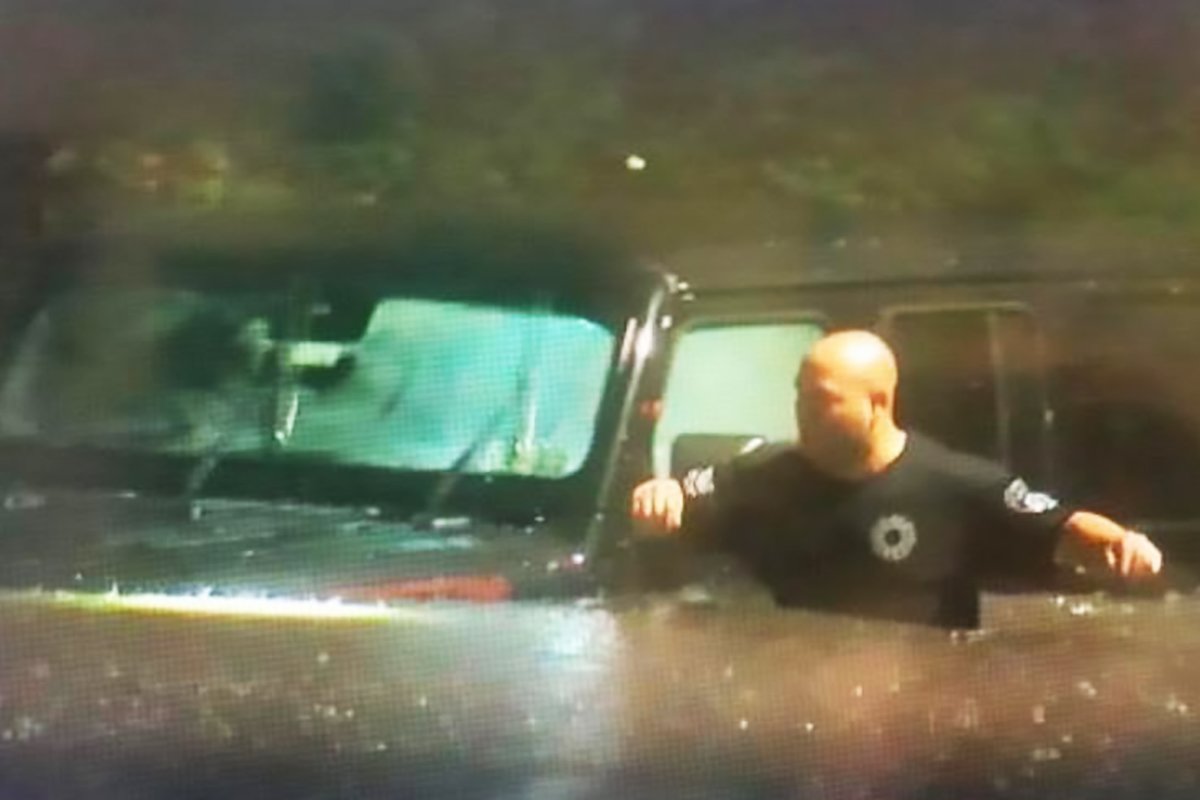
Sewers backed up, turning streets into raging rapids. Basement apartments flooded. Gushing water submerged subways. When the clouds dissipated, 13 New Yorkers were dead.
Could an extra firefighter on each engine have saved more lives?
“That’s impossible to say,” Uniformed Firefighters Association of Greater New York president Andrew Ansbro told Coffee or Die Magazine Tuesday. “A lot of people were found in houses where no calls were even made.
“So there’s no way to say that we would have been somewhere we were never called to.”
Queens NY, flooded w/over 1-2ft of rain !- #queens #newyork #flooding #floods #hurricanida #flashflooding #Brooklyn #Manhattan #nyc #ny pic.twitter.com/PleQaVS0vl
— . (@eddyisboring) September 2, 2021
De Blasio’s staffers didn’t respond to Coffee or Die‘s requests for comment.
But in the past, city officials blamed the lack of a fifth firefighter on chronic absenteeism, often caused by personnel on medical leave.
The union countered by saying many of those on “sickouts” suffered from 9/11-related illnesses and injuries that should’ve led to disability cases.
To Ansbro, Ida is a wake-up call reminding City Hall that it’s time to return the fifth firefighter to duty.
“As long as we hire the staffing, we can put them in service — and when you’re expecting a hurricane or some kind of tropical storm, you would expect to have a very high call volume,” Ansbro said.
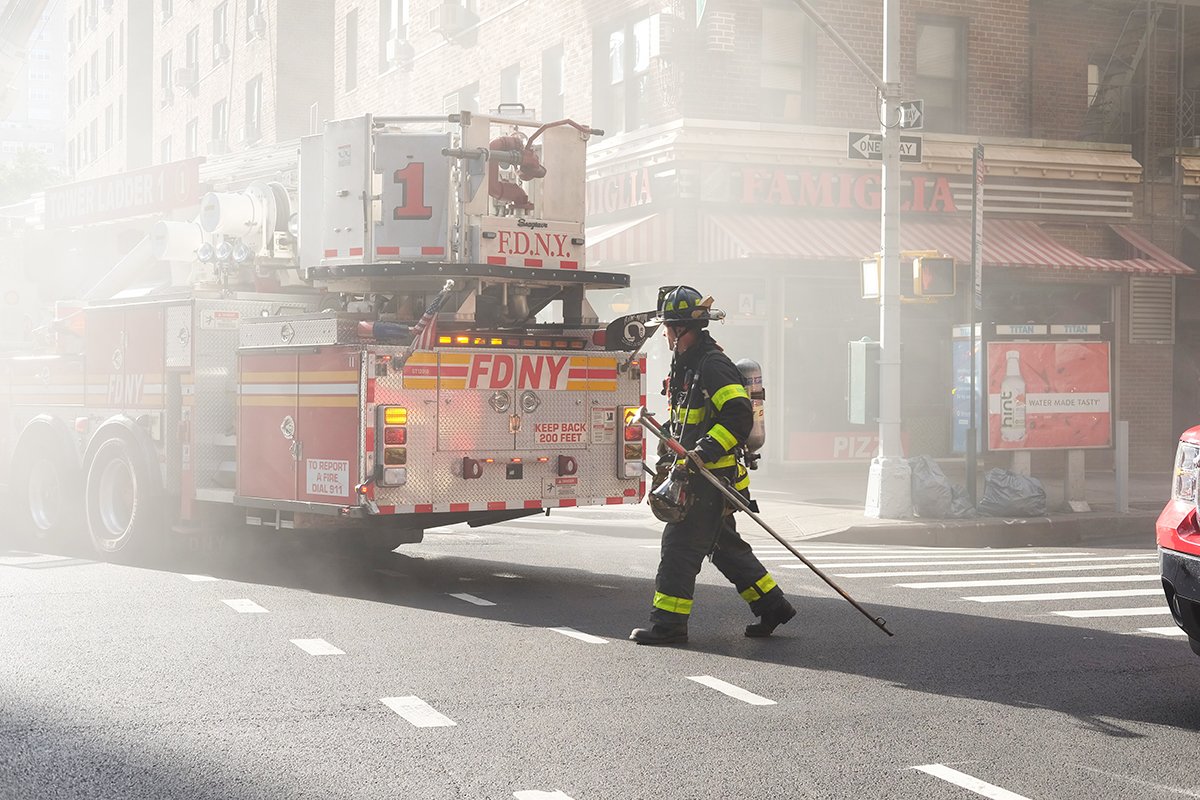
The city will spend about $2.2 billion next year to support 10,945 uniform positions and 6,441 civilian positions.
To help prevent another Ida-sized calamity, Ansbro believes the city would need to hire about 300 more firefighters.
“It’s a money issue, and they chose not to,” Ansbro said of the city that he feels “rolls the dice” before every disaster and that came up short on Ida.
At the very least, the union wants City Hall to automatically hike the number of firefighters available for potentially catastrophic storms, even if that means paying overtime.
“It has been a constant call of the union that the staffing levels be changed automatically when the weather forecast predicts extreme weather, and unfortunately, it comes down to a human decision, and human error plays a part,” Ansbro said.
“People don’t schedule when they’re going to have a fire,” he added. “It happens. Disasters happen, and you have to have the staffing there when it happens.”
Read Next:
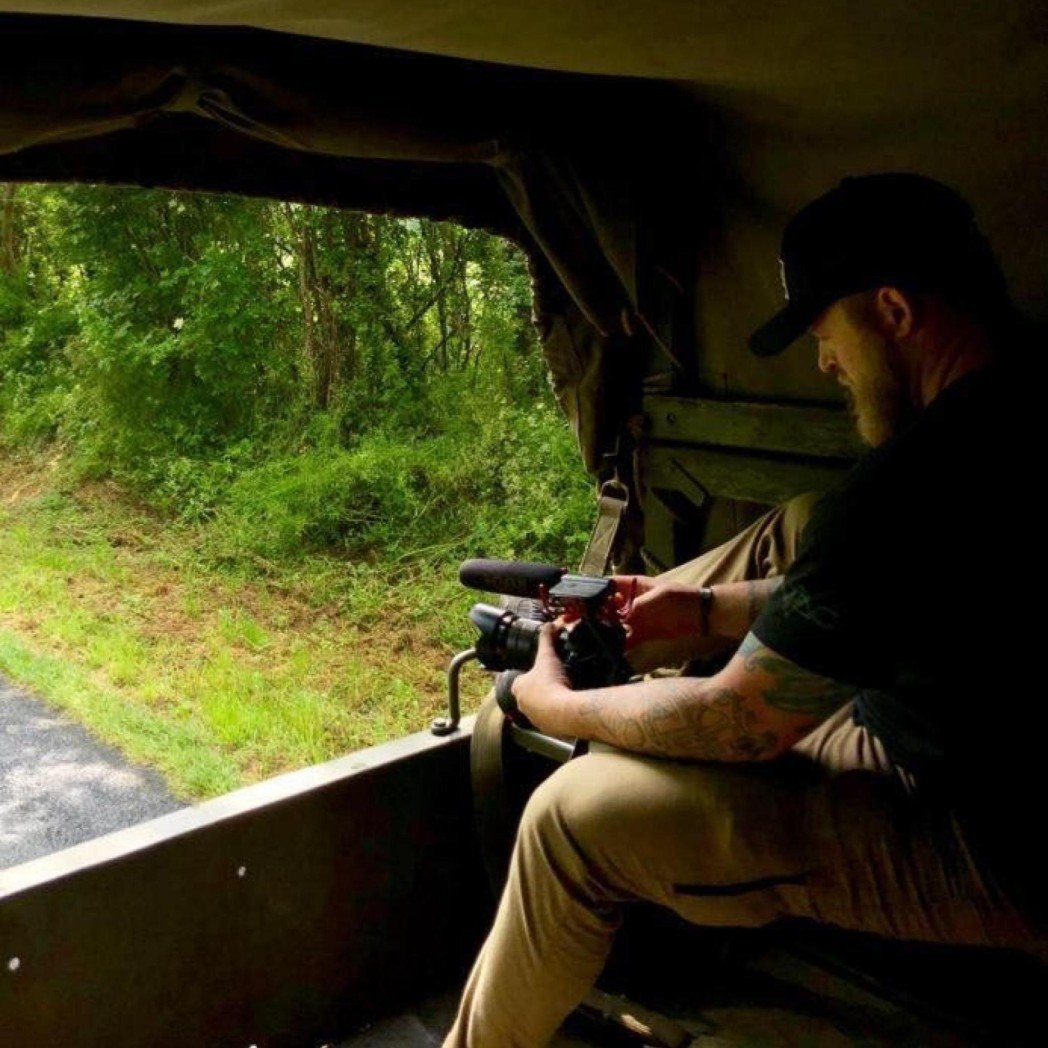
Joshua Skovlund is a former staff writer for Coffee or Die. He covered the 75th anniversary of D-Day in France, multinational military exercises in Germany, and civil unrest during the 2020 riots in Minneapolis. Born and raised in small-town South Dakota, he grew up playing football and soccer before serving as a forward observer in the US Army. After leaving the service, he worked as a personal trainer while earning his paramedic license. After five years as in paramedicine, he transitioned to a career in multimedia journalism. Joshua is married with two children.
BRCC and Bad Moon Print Press team up for an exclusive, limited-edition T-shirt design!
BRCC partners with Team Room Design for an exclusive T-shirt release!
Thirty Seconds Out has partnered with BRCC for an exclusive shirt design invoking the God of Winter.
Lucas O'Hara of Grizzly Forge has teamed up with BRCC for a badass, exclusive Shirt Club T-shirt design featuring his most popular knife and tiomahawk.
Coffee or Die sits down with one of the graphic designers behind Black Rifle Coffee's signature look and vibe.
Biden will award the Medal of Honor to a Vietnam War Army helicopter pilot who risked his life to save a reconnaissance team from almost certain death.
Ever wonder how much Jack Mandaville would f*ck sh*t up if he went back in time? The American Revolution didn't even see him coming.
A nearly 200-year-old West Point time capsule that at first appeared to yield little more than dust contains hidden treasure, the US Military Academy said.

